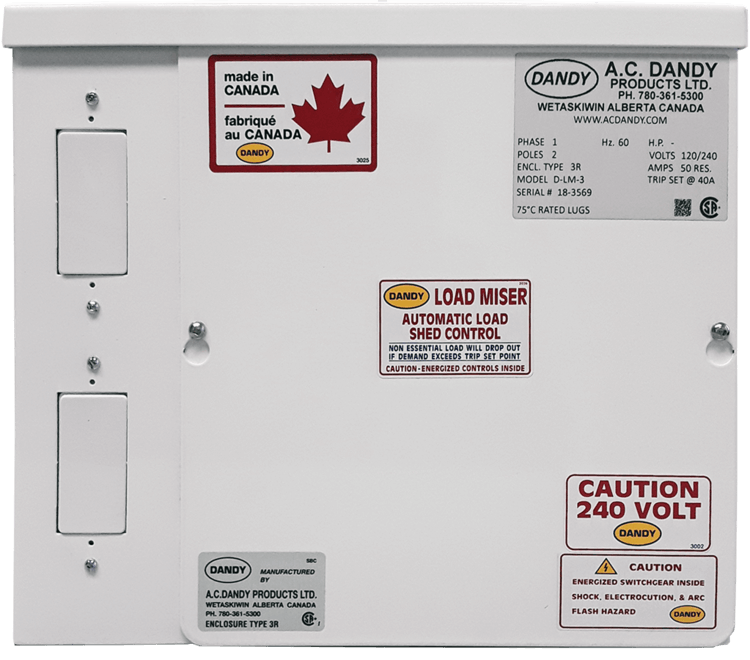The City of Edmonton holds the responsibility of issuing permits for all electrical work conducted within its jurisdiction. The inspection and approval of such work are carried out by city inspectors or a private company known as ‘The Inspection Group.’ Last fall, I found myself involved in a situation where an air conditioning company had installed an air conditioner and obtained an electrical permit for the job. Despite the correct execution of the work, the city inspector who examined the installation deemed it unfit.
At the inspector’s discretion, it was determined that the addition of the air conditioner would surpass the 60-amp electrical service supplying the house. A load calculation was requested, and with the air conditioner, it indeed exceeded the 60-amp incoming power to the house.

A load calculation takes into account various factors to determine the size of the demand on the home’s electrical service. The square footage is the initial consideration, with the first 90 square meters imposing 20.83 amps on the service demand. For every additional 90 square meters, an extra 4.16 amps are added. Introducing a kitchen range contributes an additional 25.0 amps to the demand, resulting in a total addition of 45 amps to the calculation. When combining appliances like the dryer, air conditioner, hot tub, car charger, or steam generator, it becomes evident how quickly the demand accumulates.
What Are Your Options?
If the load calculation exceeds the size of the electrical service, there are ways to reduce the demand. One common solution is replacing the electric range with a gas unit, eliminating the 25 amps from the calculation. Sometimes, this adjustment alone can result in an acceptable load calculation. Another method is using a relatively new technology called a ‘Load Miser,’ manufactured by a local company named Dandy. The Load Miser can be connected to the existing electrical panel and control two devices, such as a stove and an air conditioner, allowing only one device to operate at a time. This effectively reduces the load calculation by the amount of the smaller device, potentially bringing the calculation below the service rating.
In summary, both the city and Epcor are increasingly concerned about overloading residential electrical services. They aim to control these situations by empowering inspectors to fail or delay the approval of an electrical installation, requiring a load calculation. As of writing this article, I have not received information from the city regarding what happens if, at the end of the job, the service capacity is exceeded, and there is no option to reduce the demand. What if a $15,000.00 hot tub was installed, and the load calculation surpasses the capacity? This leaves clients in a dilemma, and I will keep you informed about the city’s response to such scenarios.”





